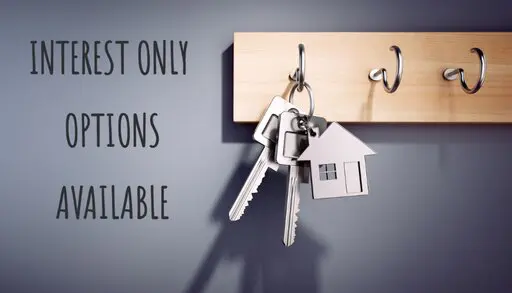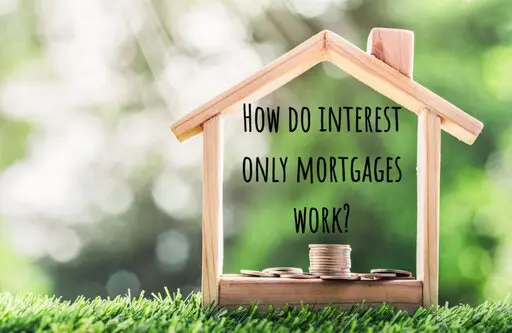Interest only mortgages, often referred to as IO or principle relief, can work for you in certain circumstances, but you need sound financial reasons. In this blog, we look at how IO mortgages work. We also look at what you need to know, if you’re considering this option.
What is an interest only mortgage?
With a ‘standard’ mortgage, your regular payments pay the interest owed for the period. You also pay a small portion of the original mortgage amount (also called the ‘principle’). This means the mortgage amount reduces over time. The interest is charged as a percentage of the amount owed; so the interest payments reduce also.
With an IO mortgage, you pay only the interest portion. You’re basically paying for the cost of having a mortgage, not reducing your debt. Rates for interest only mortgages are the same as for standard mortgages.

How do they work?
The mortgage criteria differ from lender to lender. If you’re looking at getting an IO mortgage, go through a mortgage broker. You’d do this, to save yourself a lot of time and frustration in trying to work out which lender can give you what you need.
Generally speaking, you need to have an LVR under 80%. Usually banks will allow this against a owner-occupied property for a maximum of two years. For an investment property, this would normally be for a maximum of 5 years.
They will also calculate affordability over a shorter timeframe. Let’s say repayments were being calculated for affordability, if paying it off over 30 years. If a client wants a 2 year principle relief mortgage, the bank will then calculate affordability over 28 years. The payments will then be higher and therefore the client’s income will need to accommodate that.
Do Second Tier / Non Bank Lenders offer interest only mortgages?
Second tier lenders sometimes accommodate this structure, but only on mortgages up to 90% LVR. They’re also more flexible on the period limit and how affordability is determined. When a bank can’t accommodate a client a second tier lender can be a good solution.
Some lenders will allow clients to have revolving or offset accounts with an interest only mortgage. This means the client will be able to have money in an account that “pays down” the principle, but that money can be withdrawn if needed. This is a great way to reduce payments in the short term.
Platinum Mortgages has a mortgage calculator that can be used as an interest only calculator. Have a play with this tool; looking at interest only versus principle and interest will help you understand the cost of going interest only for a period.

Is this structure a good idea?
As a general rule it’s best to pay off as much principle as you can, as quickly as you can. This approach will save you a lot in interest costs over the life of your mortgage.
Having said that, there are instances where it may make sense to get an interest only mortgage for a period. A common reason is a homeowner wants to put the money towards renovating their property for the first couple of years, thereby increasing the value of their asset and improving their quality of living. Lenders are obligated to lend responsibly so will want to understand the reasons for going interest only.
This strucuture falls into the ‘special circumstances’ category of mortgages, which is very much our wheelhouse. If you are looking for an interest only mortgage, or indeed any sort of mortgage, reach out, we can help.